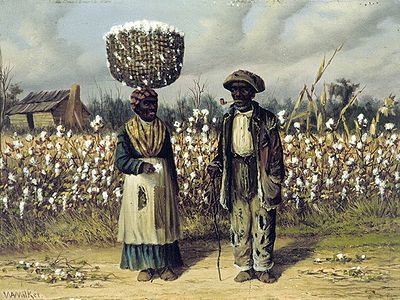
William Aiken Walker
Encyclopedia

Irish people
The Irish people are an ethnic group who originate in Ireland, an island in northwestern Europe. Ireland has been populated for around 9,000 years , with the Irish people's earliest ancestors recorded having legends of being descended from groups such as the Nemedians, Fomorians, Fir Bolg, Tuatha...
Protestant father and a mother of South Carolina background in Charleston, South Carolina
Charleston, South Carolina
Charleston is the second largest city in the U.S. state of South Carolina. It was made the county seat of Charleston County in 1901 when Charleston County was founded. The city's original name was Charles Towne in 1670, and it moved to its present location from a location on the west bank of the...
in 1839. In 1842, when his father died, Walker's mother moved the family to Baltimore, Maryland, where they remained until returning to Charleston in 1848.
In 1861, during the American Civil War
American Civil War
The American Civil War was a civil war fought in the United States of America. In response to the election of Abraham Lincoln as President of the United States, 11 southern slave states declared their secession from the United States and formed the Confederate States of America ; the other 25...
, Walker enlisted in the Confederate army
Confederate States Army
The Confederate States Army was the army of the Confederate States of America while the Confederacy existed during the American Civil War. On February 8, 1861, delegates from the seven Deep South states which had already declared their secession from the United States of America adopted the...
and served under General Wade Hampton
Wade Hampton III
Wade Hampton III was a Confederate cavalry leader during the American Civil War and afterward a politician from South Carolina, serving as its 77th Governor and as a U.S...
in the Hampton's Legion
Hampton's Legion
Hampton's Legion was an American Civil War military unit of the Confederate States of America, organized and partially financed by wealthy South Carolina plantation owner Wade Hampton III...
. He was wounded at the Battle of Seven Pines
Battle of Seven Pines
The Battle of Seven Pines, also known as the Battle of Fair Oaks or Fair Oaks Station, took place on May 31 and June 1, 1862, in Henrico County, Virginia, as part of the Peninsula Campaign of the American Civil War. It was the culmination of an offensive up the Virginia Peninsula by Union Maj. Gen....
(1862). After recuperating, he was transferred back to Charleston, where he was assigned picket duty, which gave him time to paint. For the next two years, he made maps and drawings of Charleston's defenses. He was separated from the military at the end of 1864. After the Civil War, Walker moved to Baltimore, where he produced small paintings of the “Old South” to sell as tourist souvenirs.
He is best known for his paintings depicting the lives of poor black emancipated slaves, especially sharecroppers
Sharecropping
Sharecropping is a system of agriculture in which a landowner allows a tenant to use the land in return for a share of the crop produced on the land . This should not be confused with a crop fixed rent contract, in which a landowner allows a tenant to use the land in return for a fixed amount of...
in the post-Reconstruction American South. Two of his paintings were reproduced by Currier and Ives
Currier and Ives
Currier and Ives was a successful American printmaking firm headed by Nathaniel Currier and James Merritt Ives . Based in New York City from 1834–1907, the prolific firm produced prints from paintings by fine artists as black and white lithographs that were hand colored...
as chromolithographs
Chromolithography
Chromolithography is a method for making multi-color prints. This type of color printing stemmed from the process of lithography, and it includes all types of lithography that are printed in color. When chromolithography is used to reproduce photographs, the term photochrom is frequently used...
. Walker continued painting until his death on January 3, 1921 in Charleston, where he is buried in the family plot at Magnolia Cemetery.

